Posted September 29, 2023 by Tiffany Lee
In case you missed these stories highlighting research and creative activity at the University of Nebraska-Lincoln, the Office of Research and Economic Development’s communications team has compiled a roundup of some recent top stories from research.unl.edu and other sources.
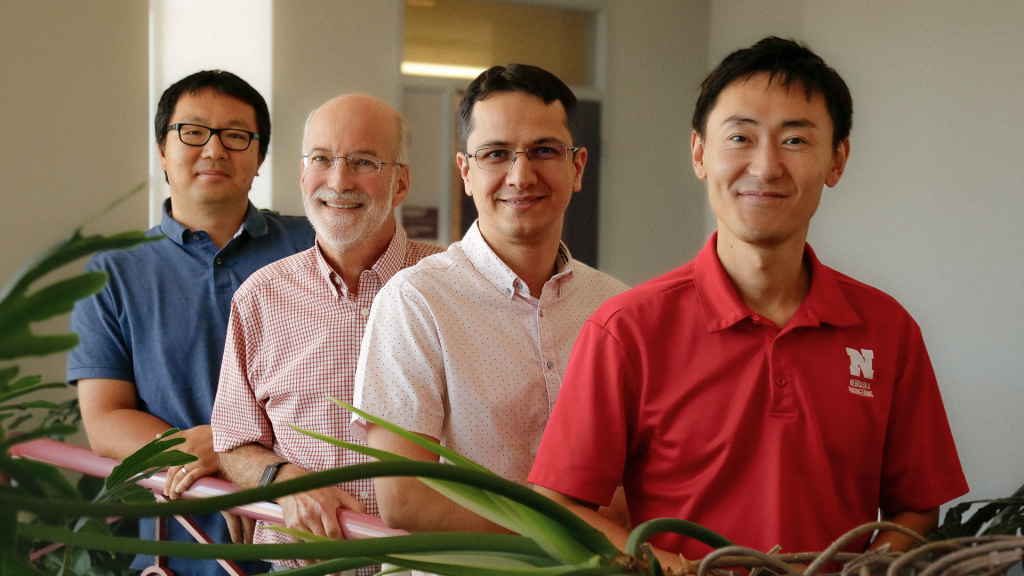
Nebraska part of interdisciplinary team examining climate resiliency through soil
Who: Seunghee Kim, associate professor of civil engineering; Rajib Saha, Richard L. and Carol S. McNeel Associate Professor of Chemical and Biomolecular Engineering; Daniel Schachtman, George Holmes Professor of Agronomy and Horticulture; Saleh Taghvaeian, associate professor of biological systems engineering; Taro Mieno, associate professor of agricultural economics
What: UNL is partnering with Kansas State University and Langston University in Oklahoma on the MICRA project – microbial innovations for climate-resilient agriculture – which aims to improve preservation of soil moisture in farm fields and enhance rural areas’ climate resiliency. With climate change driving acute water stress, maintaining or increasing soil moisture will be critical to sufficient food production. The researchers will experiment with soil-wetting bacteria and biochar to boost soil water-holding capacity and apply computational modeling techniques to shed light on how soil microbes behave under drought conditions.
“In regions with irrigation, more water will be needed under the hotter and drier conditions,” Kim said. “Preservation of soil moisture will therefore be a critical objective under rainfed and irrigated conditions.”
Writer: Dan Moser, Office of Research and Economic Development

Nebraska researchers converting plant wastes into antimicrobial agents
Who: Shudipto Dishari, Ross McCollum Associate Professor of Chemical and Biomolecular Engineering
What: Dishari’s team recently published work on developing a low-cost, effective antimicrobial using green and eco-friendly materials. For the study, the researchers modified lignin – a naturally abundant polymer and a major element of plant cell walls – from Norway spruce trees with quaternary ammonium, a functional group that kills bacteria, viruses and mold. The antimicrobial successfully attacked bacteria and demonstrated no significant toxicity against human embryonic kidney cells, indicating safety. Lignin-based and other nature-based antimicrobials could be key in the fight against antibiotic resistance, which the United Nations estimates could lead to 10 million deaths per year by 2050.
“If we can design low-cost, highly effective antimicrobials using green and eco-friendly materials, we can get the best of both worlds,” Dishari said.
Writer: Dan Moser, Office of Research and Economic Development
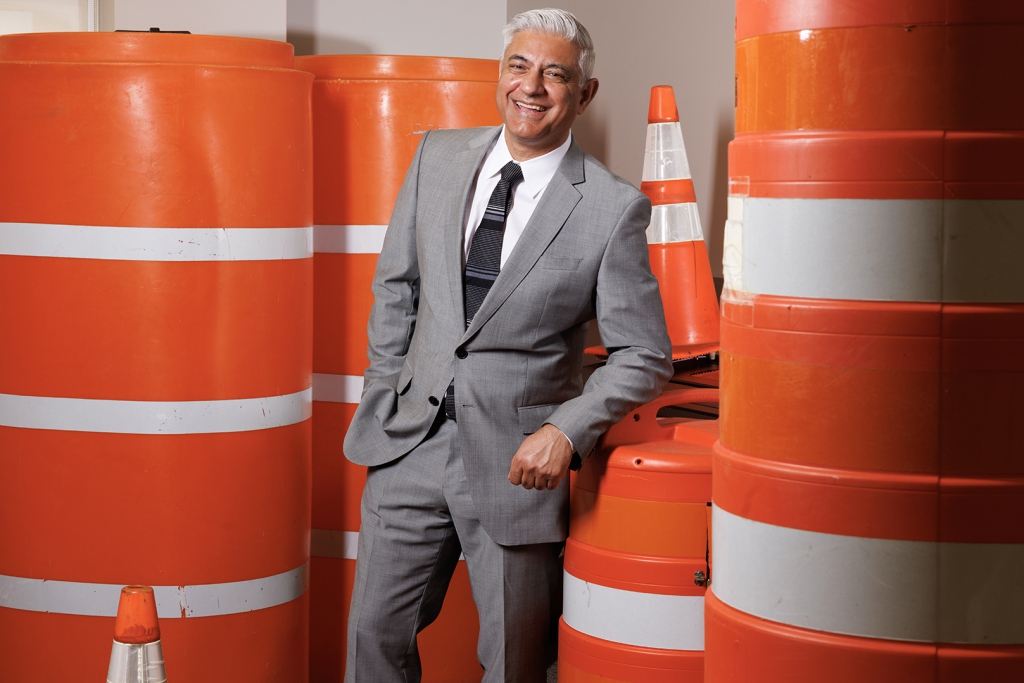
Mid-America Transportation Center receives $15 million grant
Who: Aemal Khattak, professor of civil and environmental engineering and director of the Mid-America Transportation Center
What: MATC won a five-year, $15 million grant to remain the transportation research and workforce development hub for U.S. Department of Transportation Region 7, which includes Nebraska, Iowa, Missouri and Kansas. The competitive grant is administered by the U.S. Department of Transportation through the University Transportation Centers program. The funding will be used to improve transportation safety and equity and expand the center’s outreach and education programs, which benefit students from UNL, Nebraska Indian Community College and other tribal schools, Region 7 high school students, students from underrepresented groups and more.
“All of these activities improve the educational opportunities of young students and, ultimately, also address the workforce needs of Nebraska and the nation in transportation and STEM fields,” Khattak said.
Writer: College of Engineering
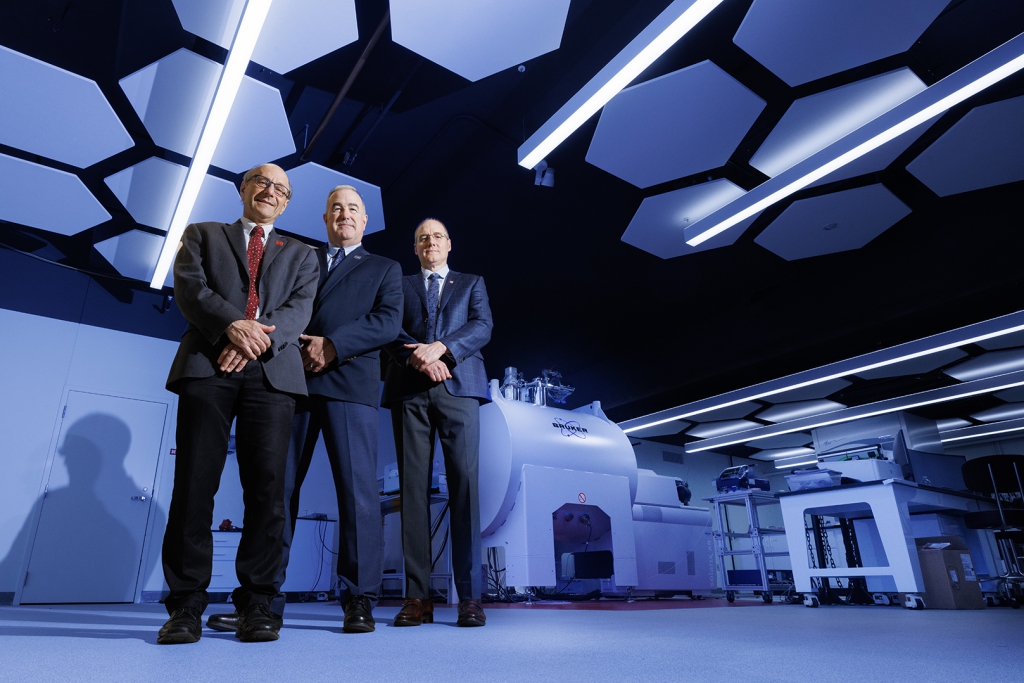
NSRI, NU awarded $24.5M contract to develop acute radiation syndrome prophylactic
Who: David Berkowitz, Willa Cather Professor of Chemistry; Kenneth Bayles, professor of pathology and microbiology at the University of Nebraska Medical Center; Rick Evans, executive director of the National Strategic Research Institute
What: A team of UNL and UNMC researchers, with guidance from NSRI, is advancing development of a first-of-its-kind prophylactic to protect U.S. troops against acuate radiation syndrome, which stems from exposure to high levels of radiation. The Defense Health Agency has awarded a $24.5 million contract to NSRI – the highest single-project award in the institute’s history – to support the team as it continues to test candidate compounds and gather data for the Food and Drug Administration. It’s the third DHA contract to NSRI for this work.
“We are looking at both prevention and mitigation strategies, and they are not necessarily the same agents,” Berkowitz said. “It is really a challenging space scientifically, but I think that is why our team has been so successful — we have passion for the purpose of this work. We bring a truly interdisciplinary approach to the science, leveraging the power of the UNL and UNMC collaboration.”
Writer: Katelyn Ideus, National Strategic Research Institute
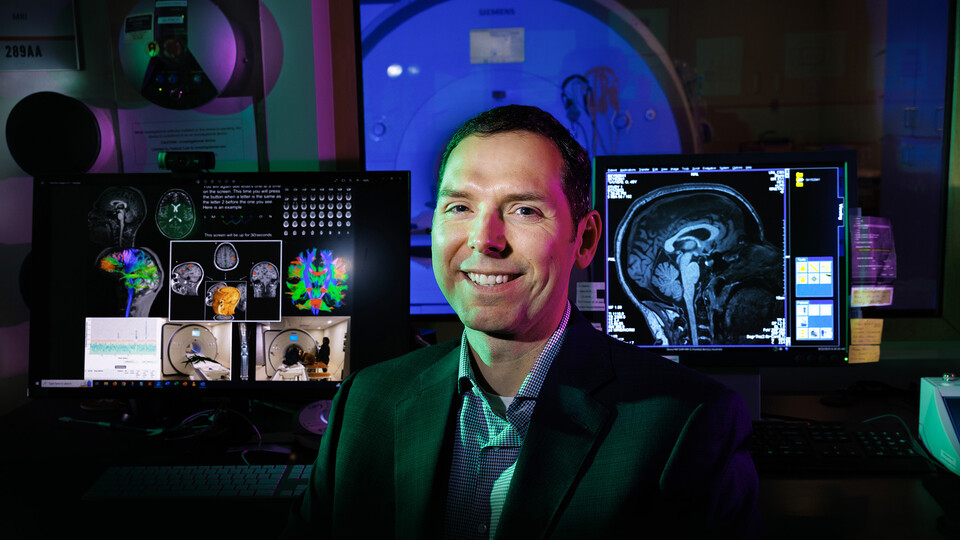
fMRI scans may improve diagnosis of sports-related concussion
Who: Aron Barbey, Mildred Francis Thompson Professor of psychology and director of the Center for Brain, Biology and Behavior
What: A Barbey-led study, recently published in Brain Communications, explores the use of functional MRI to help identify athletes who recently or repeatedly experienced a concussion. Typically, medical professionals administer Immediate Post-concussion Assessment and Cognitive Testing, or ImPACT, to detect mild traumatic brain injury. In addition to ImPACT, Barbey’s team performed fMRI on a group of athletes to shed light on how biomarkers from brain imagining might lend more objectivity to concussion diagnosis. They found that a machine learning model trained on both ImPACT and fMRI data outperformed models relying on either source alone.
“Based on our findings and emerging evidence in the field, it’s clear that supplementing standard clinical tools with brain-imaging data adds value by improving the efficacy of concussion diagnosis,” Barbey said. “This suggests that we are indeed moving in the right direction to better understand and diagnose this complex injury.”
Writer: Scott Schrage, University Communication and Marketing
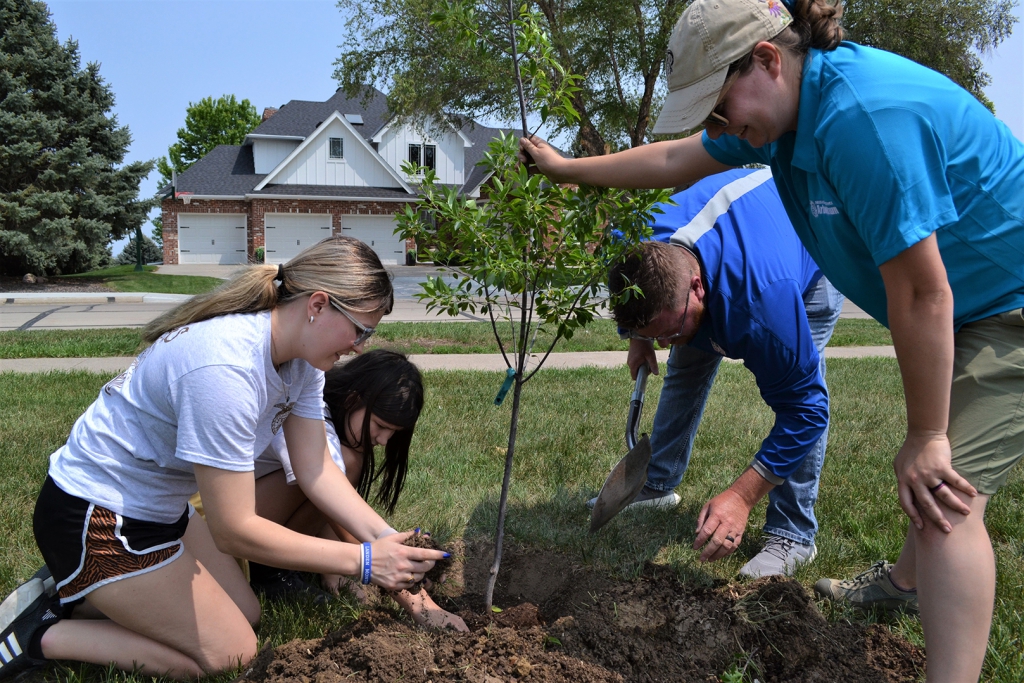
Nebraska Statewide Arboretum receives $10M to boost urban trees
Who: Nebraska Statewide Arboretum
What: The arboretum received a five-year, $10 million grant from the U.S. Department of Agriculture’s Forest Service to strengthen Nebraska’s urban forest infrastructure in disadvantaged communities across the state. The funding will support tree removal, including ash trees infected with emerald ash borer; tree plantings to mitigate urban heat; and workforce training programs to increase the number of certified arborists and tree care professionals. The grant is one of 385 awards nationwide that together total more than $1 billion, made possible by the Inflation Reduction Act.
“This investment will not only help to create greener cities and towns, it will also expand access to green space in previously underserved communities and create more jobs in the tree care industry, which will in turn deliver tangible economic benefits to Nebraskans for years to come,” said Hanna Pinneo, executive director of the arboretum.
Writer: Nebraska Statewide Arboretum
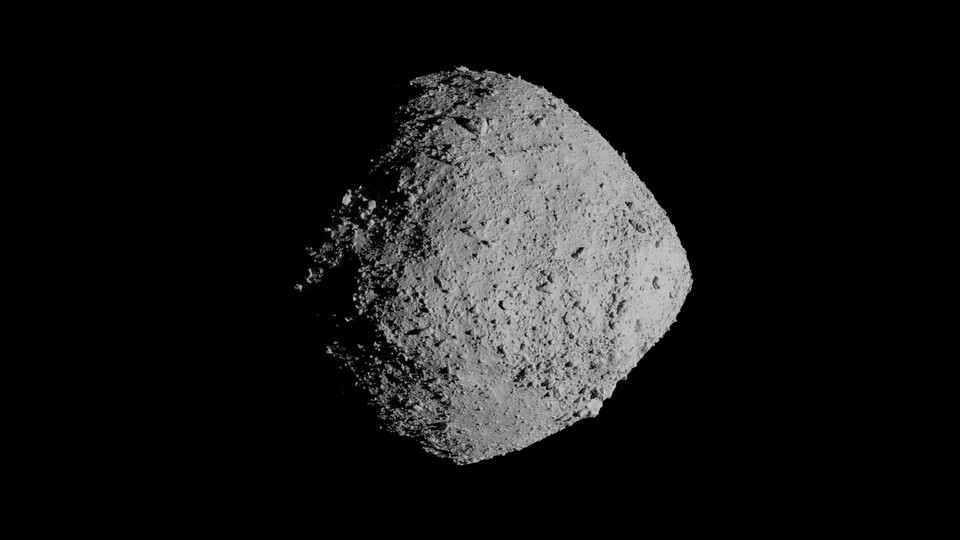
Husker scholars offer insights into value of incoming specimen
Who: Richard Kettler, associate professor of Earth and atmospheric sciences; Nicole Fiore, doctoral student, biological sciences
What: On Sept. 24, NASA’s OSIRIS-Rex (Origins, Spectral Interpretation, Resource Identification, and Security-Regolith Explorer) mission wrapped its seven-year round trip to the near-Earth asteroid called Bennu. Scientists are now unpacking and analyzing the 8-plus ounces of the rock and dust collected from Bennu, which could provide clues about planet formation, the origins of organics and water on Earth, and the nature of potentially hazardous asteroids. Bennu is considered a time capsule of sorts because its parent asteroid formed from the same dust, forces and processes that forged Earth. Husker scientists weighed in on how Bennu may advance science.
“Studying the organics on Bennu might help clarify the origin of Earth’s first organics or help us understand their distribution and abundance,” Fiore said, “and, therefore, the distribution and abundance of potential alien life.”
Writer: Scott Schrage, University Communication and Marketing





